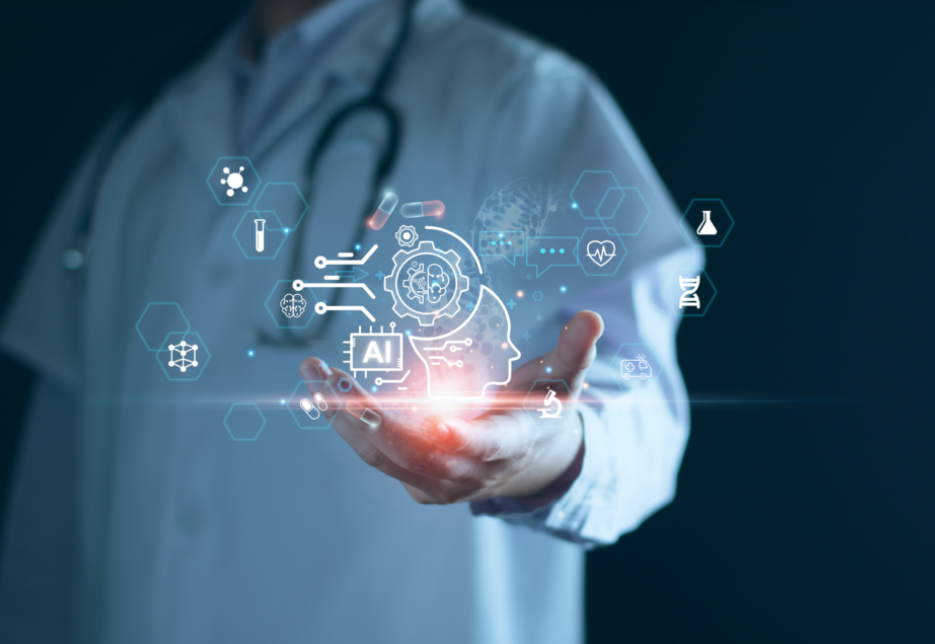Articles and Trivia
Write an articlePatient-Specific Medical Devices: Revolutionizing Healthcare

The advancement of medical technology has led to the development of patient-specific medical devices, which are custom-designed to match the unique anatomical and physiological needs of individual patients. These devices enhance treatment effectiveness, improve patient comfort, and lead to better healthcare outcomes.
What Are Patient-Specific Medical Devices?
Patient-specific medical devices are custom-built implants, prosthetics, and instruments created using advanced technologies like 3D printing, AI-driven modeling, and precision engineering. Unlike standard medical devices, these are tailored to fit the specific anatomy of each patient, ensuring greater compatibility and effectiveness.
Applications in Healthcare
-
Orthopedic and Prosthetic Devices
- Custom knee and hip implants
- Personalized prosthetic limbs for better mobility
- 3D-printed bone grafts for complex fractures
-
Dental and Maxillofacial Implants
- Tailor-made dental implants for improved fit
- Custom jaw and facial reconstruction implants
- Patient-specific orthodontic aligners
-
Cardiovascular and Neurological Devices
- Personalized heart valves and stents
- Customized cranial implants for brain surgeries
- AI-assisted mapping for neurosurgical planning
-
Hearing Aids and Assistive Devices
- 3D-printed hearing aids for a precise fit
- Custom cochlear implants for hearing-impaired patients
- Adaptive assistive devices for differently-abled individuals
Benefits of Patient-Specific Medical Devices
- Enhanced Fit and Functionality: Ensures better performance and comfort
- Improved Treatment Outcomes: Reduces complications and enhances recovery
- Minimized Surgical Risks: Custom designs lead to precise surgeries and better healing
- Faster Recovery Times: Personalized devices improve post-surgical rehabilitation
- Cost-Effectiveness in the Long Run: Reduces the need for replacements and adjustments
Conclusion
Patient-specific medical devices are transforming healthcare by offering personalized, efficient, and innovative solutions tailored to individual needs. As technology advances, these devices will continue to redefine medical treatments, making healthcare more precise, effective, and accessible.


